3,The Third Trimester of Pregnancy: Essential Symptoms, Expert Care, and What to Expect
The third trimester of pregnancy marks the home stretch of your journey to meeting your little one. This period, spanning from weeks 28 to 40, is a time of rapid baby development and significant changes for the expectant mother. As your due date approaches, understanding what to expect can help you manage pregnancy symptoms, ensure proper prenatal care, and prepare for labor.
Table of Contents
Fetal Development in the Third Trimester
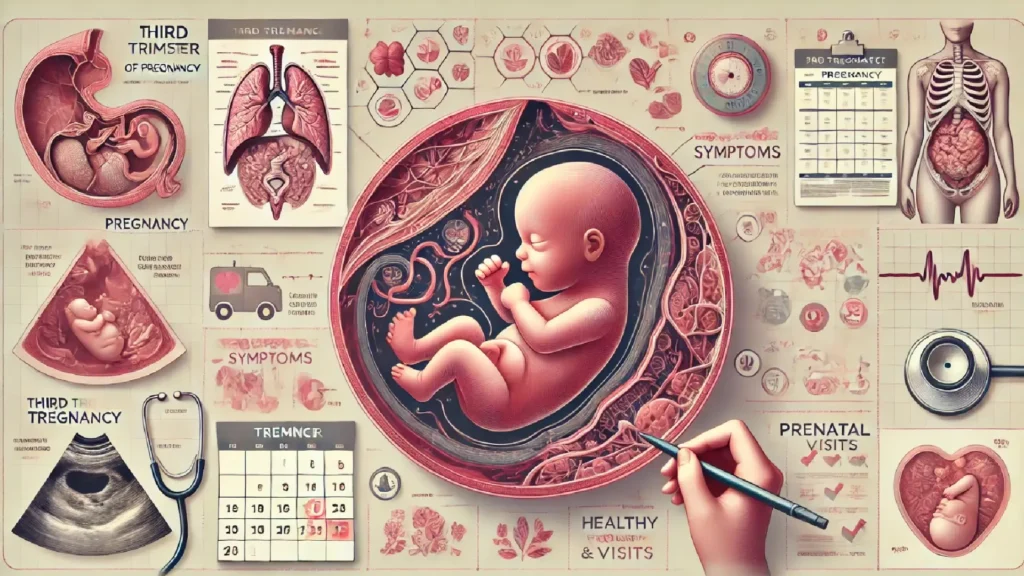
Fetal Development
During the third trimester, your growing baby undergoes remarkable transformations. By week 28, they weigh about three pounds and are roughly 17 inches long. By 40 weeks, they will have gained most of their birth weight, with week-by-week growth driven by the development of essential organs and systems.
Weight Gain and Growth:
Your baby gains about one and a half times their weight during this trimester. Their skin, once translucent, thickens, and a creamy coating called vernix protects it. The soft, fine hair that once covered their body begins to disappear.
Head Down Position:
By this stage, most babies shift into the head-down position, preparing for birth. You may feel stronger kicks under your ribs and more squirmy movements as the uterus becomes crowded.
Skull Remains Soft: To ease passage through the birth canal, your baby’s skull remains soft and flexible.
Brain Continues to Develop:
Your baby’s brain continues to develop, making significant strides in preparation for life outside the womb. This development supports memory, regulation of bodily functions, and survival reflexes.
These fetal development milestones are accompanied by noticeable changes in your body, many of which prepare you for delivery.
Common Symptoms in the Third Trimester
Every trimester of pregnancy has its challenges, but the third trimester is known for a mix of excitement and discomfort. Here are some of the most common pregnancy symptoms you may experience:
Shortness of Breath
As your uterus expands, it presses against your diaphragm, making it harder to take deep breaths. Relief often comes as your baby “drops” lower into the pelvis in the final weeks of pregnancy.
Braxton Hicks Contractions
These “false labor” contractions feel like mild cramps or abdominal tightening and help your body prepare for true labor. Unlike real contractions, they don’t grow in intensity or frequency.
Heartburn and Indigestion
A growing baby puts pressure on your stomach, leading to heartburn and indigestion. Eating smaller meals and avoiding spicy or fatty foods can help alleviate this discomfort.
Varicose Veins and Leg Cramps
Increased blood volume can lead to varicose veins on your legs, while muscle fatigue and changes in circulation may cause leg cramps, especially at night. Stretching and staying hydrated can help.
Swelling and Weight Gain
Normal weight gain and fluid retention may result in swelling of the feet, ankles, and hands. Elevating your legs and wearing supportive shoes can provide relief.
Vaginal Discharge
As your body prepares for delivery, you may notice an increase in vaginal discharge. If it becomes watery, bloody, or excessive, contact your healthcare provider to rule out complications.
Prenatal Care in the Third Trimester
Frequent prenatal visits are crucial during this period. Your provider will monitor your blood pressure, weight, and baby’s position to ensure a healthy pregnancy.
Blood Pressure Monitoring:
Elevated blood pressure during pregnancy can indicate preeclampsia, a potentially serious condition requiring immediate attention.
Group B Strep Test:
Around week 36 of pregnancy, you’ll undergo this test to check for bacteria that may affect your baby during delivery.
Cervical Checks:
In the final weeks, your provider may examine your cervix to determine dilation and effacement as signs of labor approach.
Regular prenatal visits also offer an opportunity to discuss any concerns, from managing symptoms like shortness of breath to recognizing signs of labor.
Recognizing Signs of Labor
As your due date nears, it’s essential to differentiate between normal discomforts and signs that baby is born soon.
True Contractions:
Unlike Braxton Hicks contractions, true labor contractions grow in intensity, last longer, and occur at regular intervals.
Water Breaking:
A sudden gush or slow trickle of fluid from the vagina signals that your amniotic sac has ruptured.
Bloody Show:
Light spotting or mucous-like discharge can indicate your cervix is dilating.
If you experience painful contractions, reduced fetal movement, or unusual vaginal discharge, contact your healthcare provider immediately.
Self-Care Tips for the Third Trimester
Taking care of yourself during the third trimester is essential for a healthy pregnancy. Here are some third-trimester care tips to keep in mind:
Stay Active:
Gentle exercises like walking or prenatal yoga can improve circulation and reduce leg cramps.
Hydrate and Eat Well: Drink plenty of water and focus on nutrient-rich meals to support your growing baby.
Manage Stress: Practice relaxation techniques like deep breathing or meditation to ease anxiety about labor.
Plan for Delivery:
Pack your hospital bag, finalize your birth plan, and attend childbirth classes to feel prepared.
Avoid activities that could harm you or your baby, such as contact sports, hot tubs, or consuming alcohol.
Understanding Preterm Labor
While most pregnancies reach full term (39–40 weeks), some may end earlier due to preterm labor. Be vigilant for warning signs, such as:
Persistent Braxton Hicks contractions that intensify.
Leaking amniotic fluid or unusual vaginal discharge.
Severe pelvic pressure or lower back pain.
If recognized early, interventions may help delay labor or improve outcomes for the baby.
Embracing the Home Stretch
The third trimester is a transformative period filled with anticipation and preparation. While challenges like heartburn, varicose veins, and shortness of breath can be uncomfortable, they signal that you’re nearing the end of your pregnancy.
By staying informed about your growing baby’s progress, attending regular prenatal visits, and recognizing the signs of labor, you’ll approach your due date with confidence. Remember, every week of pregnancy brings you closer to the moment when your baby is born and your journey into parenthood begins.
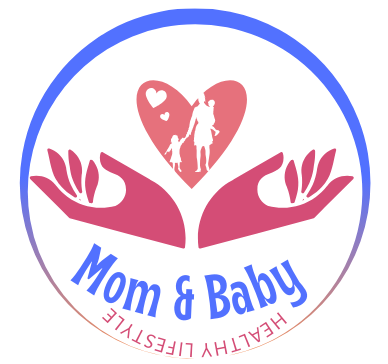
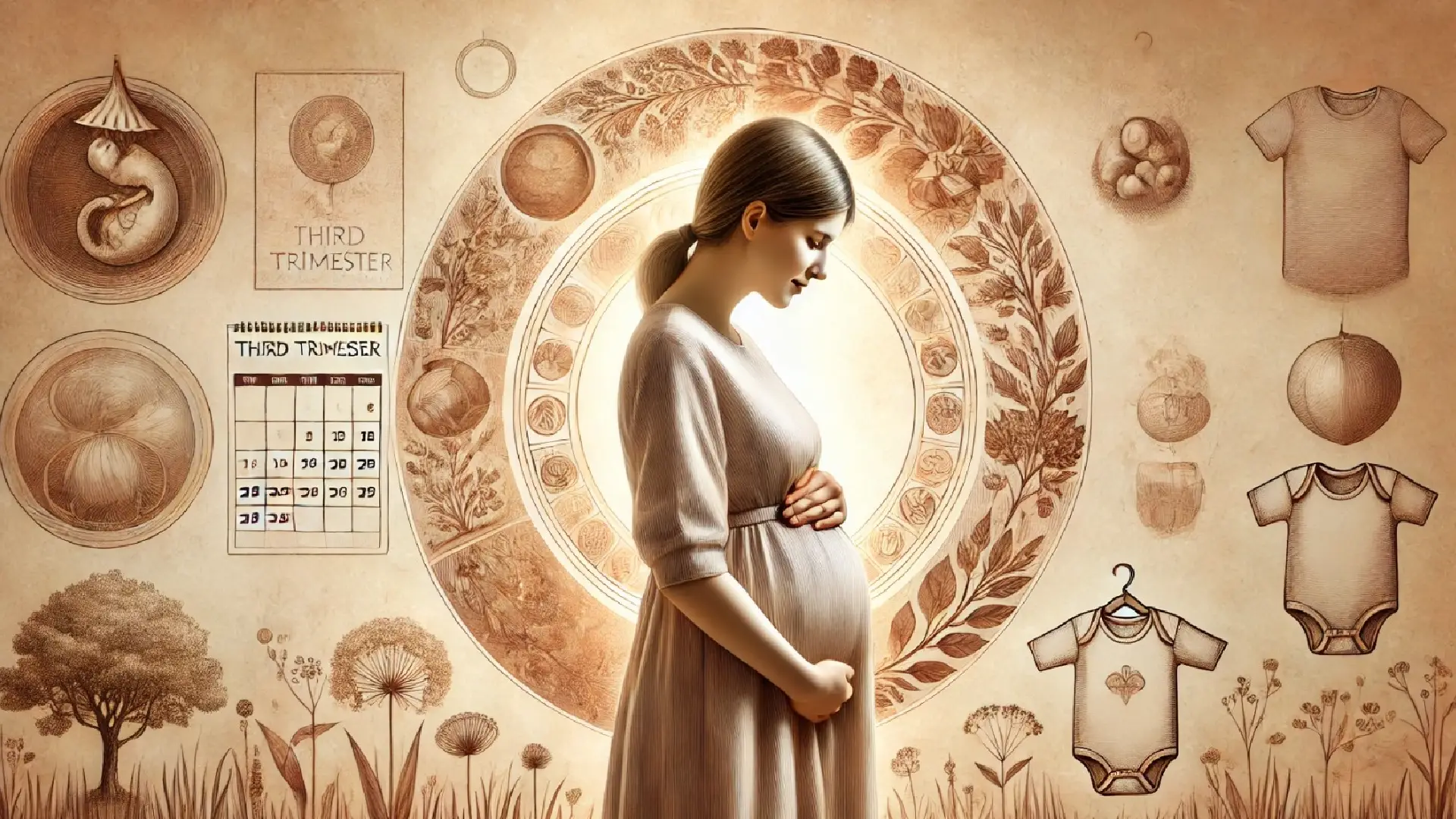
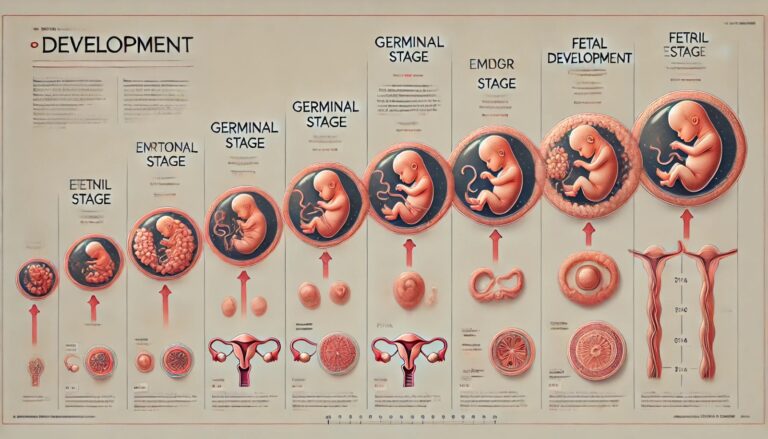
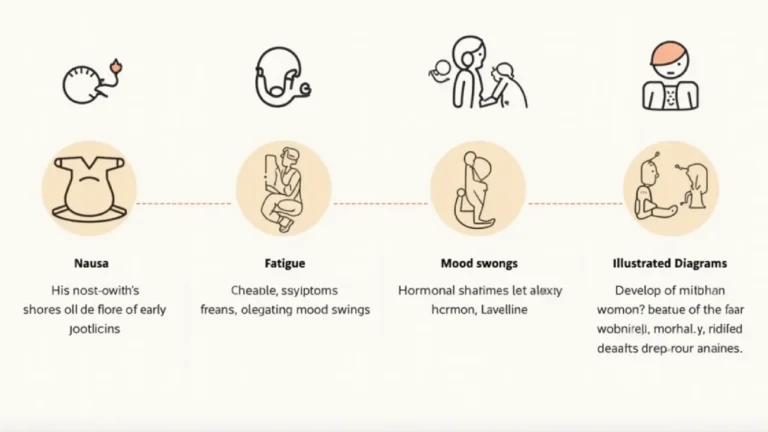
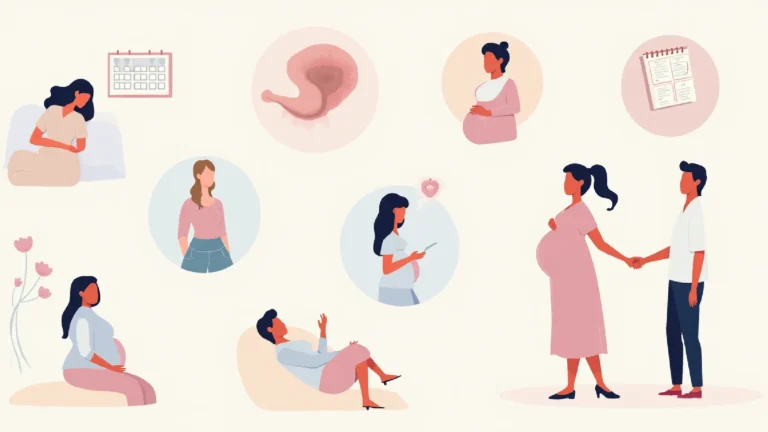
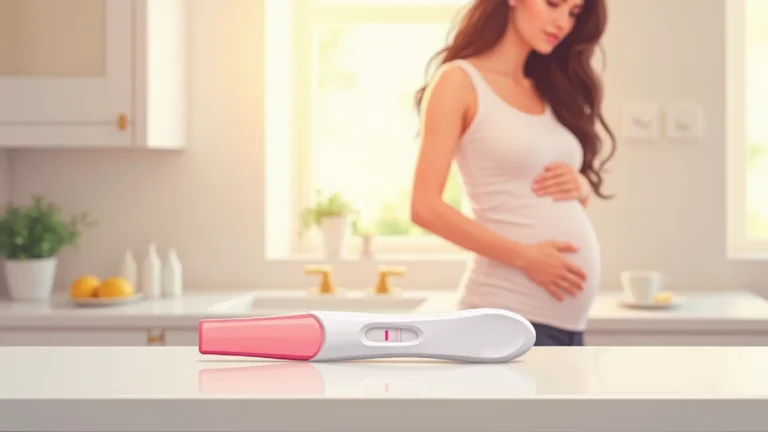

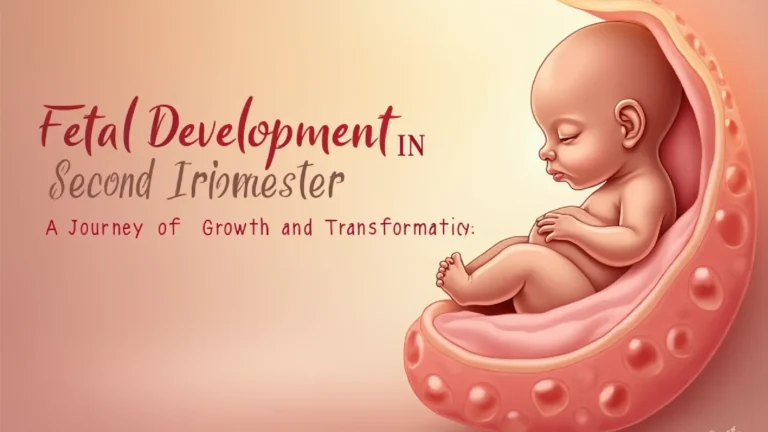
One Comment